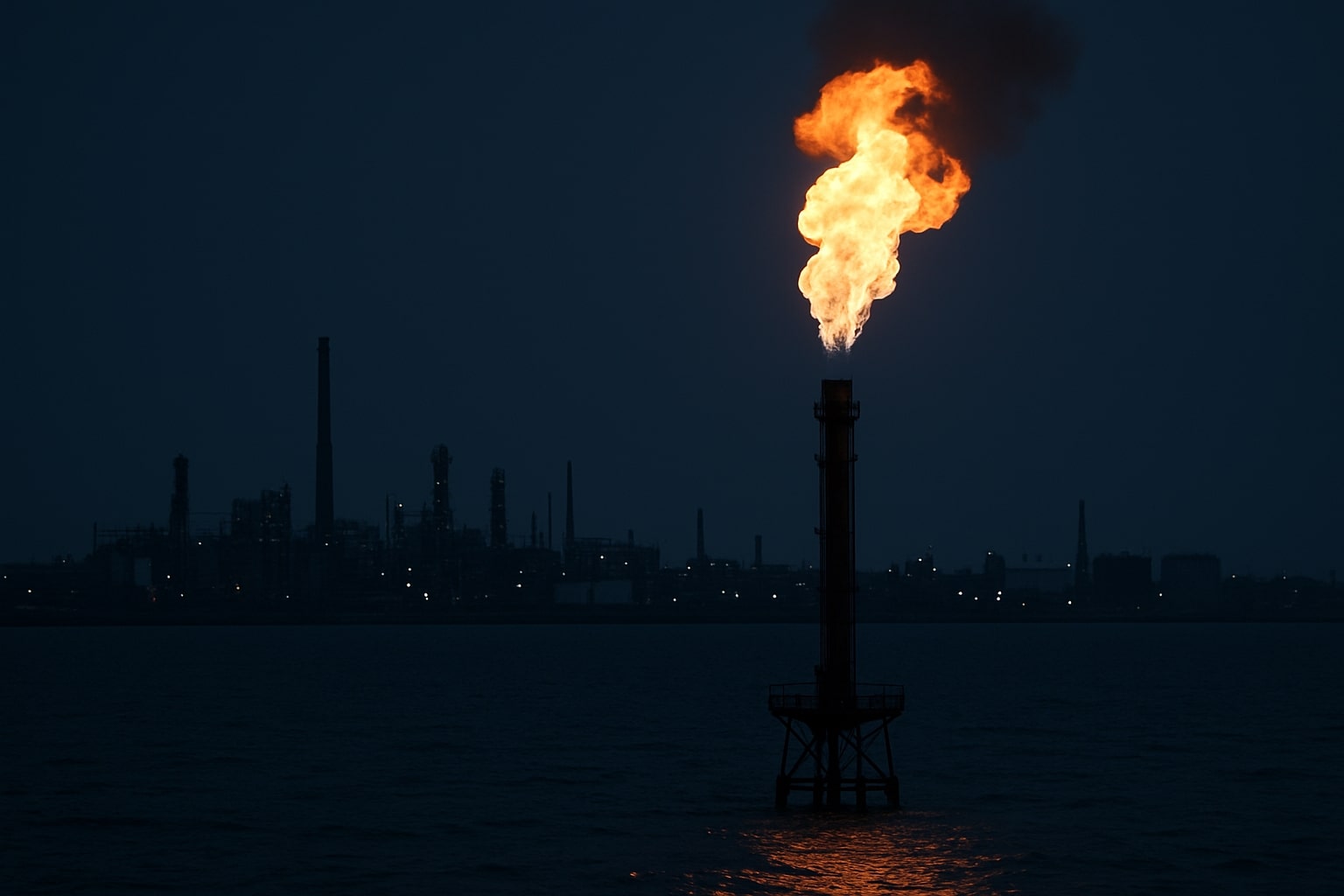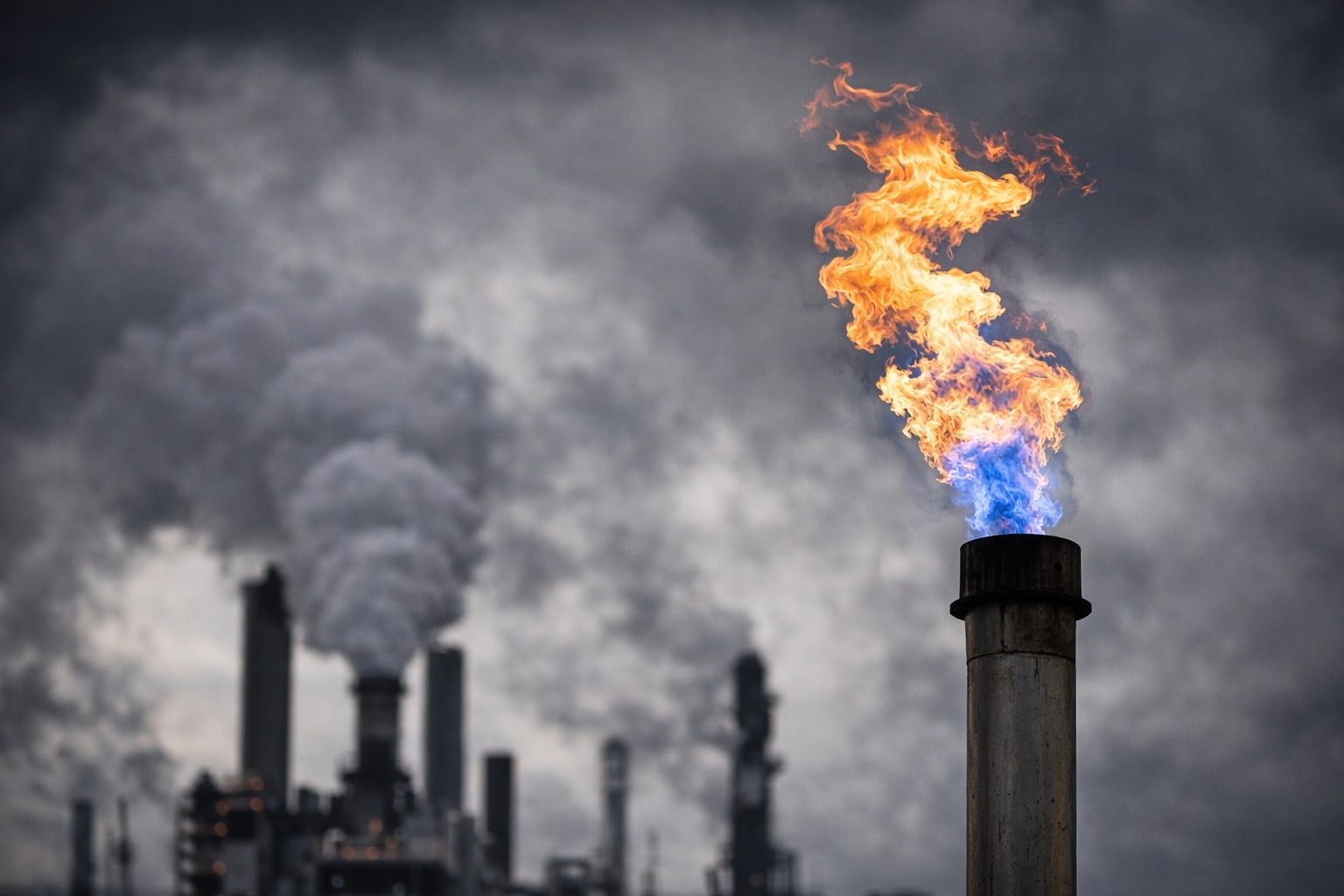
Natural Gas Price Hits $2.88 as Oversupply and Storage Surge Pressure Market
With U.S. inventories 6.3% above average and European storage at 81%, NG=F futures test critical $2.84 support while output climbs to 107.6 bcf/day | That's TradingNEWS
Natural Gas Futures Struggle at $2.88 as Storage Builds Pressure Prices
Spot Market Liquidity in Türkiye Contracts Sharply
In Türkiye, the Energy Exchange Istanbul reported spot natural gas at 14,436.86 liras ($349.01) per 1,000 cubic meters on Sept. 19. Trade volume collapsed to 5.84 million liras ($141,100), marking a 54.6% decline from the previous day’s 12.86 million liras ($310,600). Pipeline inflows held steady at 103.25 million cubic meters, showing that supply remained robust even as trading activity dried up. Over the week, spot prices stayed within a narrow band between 14,274 liras and 14,318 liras, but the sharp decline in volume suggests market participants are stepping back amid a weakening demand backdrop.
NYMEX Futures Extend Losses to Three-Week Low
October natural gas futures (NG=F) settled at $2.888 per MMBtu, down 1.74% on Sept. 19 and extending the prior day’s 16.1-cent decline. The move pushed prices to a three-week low and confirmed a breakdown through near-term support at $2.87. The catalyst was Thursday’s bearish EIA report, which revealed a +90 bcf injection into storage for the week ending Sept. 12. This was not only higher than the expected +81 bcf but also above the five-year seasonal norm of +74 bcf, lifting inventories to 6.3% above their five-year average. That oversupply dynamic leaves futures vulnerable to further downside.
Production Surges as Demand Weakens
U.S. dry gas production continues to climb, averaging 107.6 bcf/day, up 6.1% year-over-year, while lower-48 demand slipped to 73.1 bcf/day, down 4.6% from last year. The mismatch between output and consumption is weighing heavily on the market. Forecasts from Atmospheric G2 point to cooler temperatures across much of the U.S. from Sept. 24 to 28, reducing power sector demand for air conditioning. LNG flows remain steady at 15.3 bcf/day, only a marginal weekly increase, leaving exports insufficient to absorb the domestic glut. Electricity demand growth, while positive at 0.83% year-on-year, has not been strong enough to counteract record supply.
Technical Breakdown Highlights $2.84 as Key Level
The October contract now trades near the 61.8% Fibonacci retracement at $2.84, a level aligned with measured projections from a falling ABCD pattern. A daily close below this threshold would strengthen the bearish case and open the door to the $2.75–$2.76 support zone, marked by the 78.6% retracement. Price action remains confined within a downward channel, with lower highs forming consistently since August. The 50-day moving average has acted as firm resistance, capping each attempt at recovery.
Read More
-
Nike Stock Price Forecast - NKE at $60: Insider Buying, China Slump and a $75 Upside Target
28.12.2025 · TradingNEWS ArchiveStocks
-
XRP Price Forecast - XRP-USD at $1.87: ETF Hunger and Vanishing Supply Put a $2.10 Breakout Back on the Table
28.12.2025 · TradingNEWS ArchiveCrypto
-
Oil Prices Surge Then Slip: WTI Around $56 And Brent Near $61 As Venezuela And China Set The Tone
28.12.2025 · TradingNEWS ArchiveCommodities
-
Stock Market Today: S&P 500 Stalls Near 6,940 As NVDA Stock And Gold Lead Into 2026
28.12.2025 · TradingNEWS ArchiveMarkets
-
GBP/USD Price Forecast - Pound Tests 1.3500 as Dollar Weakens and Rate Path Divergence Lifts Sterling
28.12.2025 · TradingNEWS ArchiveForex
European Storage and Global Balances Add Weight
Gas storage in Europe is reported at 81% full, slightly below the five-year seasonal average of 87%. While this may imply some cushion for winter, the EU’s reliance on LNG imports leaves prices vulnerable to shifts in global flows. Since 2022, EU nations have spent nearly €380 billion on pipeline gas, including €83 billion paid to Russia, underscoring structural cost pressures. In the U.S., the annual maintenance shutdown at the Cove Point LNG facility removed about 0.7 bcf/day of feedgas demand, further depressing balances at a time of already elevated storage injections.
Rig Count and Supply Forecasts Reinforce Bearish Sentiment
The Baker Hughes rig count showed 118 active natural gas rigs as of Sept. 19, near the recent two-year high of 124 rigs. This compares with just 94 rigs a year earlier, highlighting the acceleration in production capacity. The EIA revised its 2025 U.S. natural gas production forecast upward to 106.63 bcf/day, a 0.2% increase from August’s projection. Elevated drilling and high output levels mean supply is likely to remain abundant, keeping pressure on prices even if demand modestly rebounds in winter.
Market Momentum and Sentiment Remain Weak
October futures have now traded below the 20-day moving average since late August, reinforcing bearish momentum. RSI signals confirm sellers remain in control, while repeated failures near the 50-day moving average reflect limited appetite for bullish positioning. Although the Federal Reserve’s 25 basis point rate cut could eventually boost energy-intensive projects such as data centers, the near-term outlook is dominated by an oversupplied market and muted seasonal demand.
Natural Gas Outlook and Investment View
At $2.88 per MMBtu, natural gas is pinned near critical technical support, but the weight of record supply, storage surpluses, and weakening demand suggests more downside is likely. With technical charts pointing to the $2.75 zone, storage filling ahead of winter, and mild weather reducing near-term consumption, the market bias remains negative. NG=F futures should be viewed as a Sell at current levels, as fundamentals and technicals align to support a bearish continuation.



















